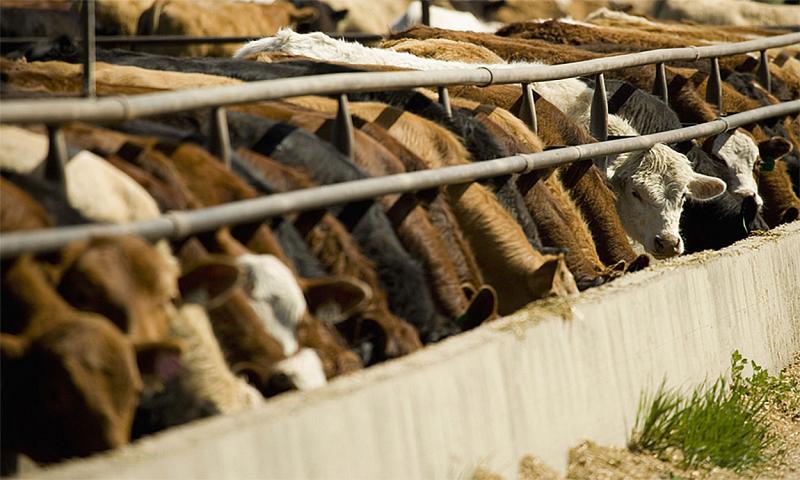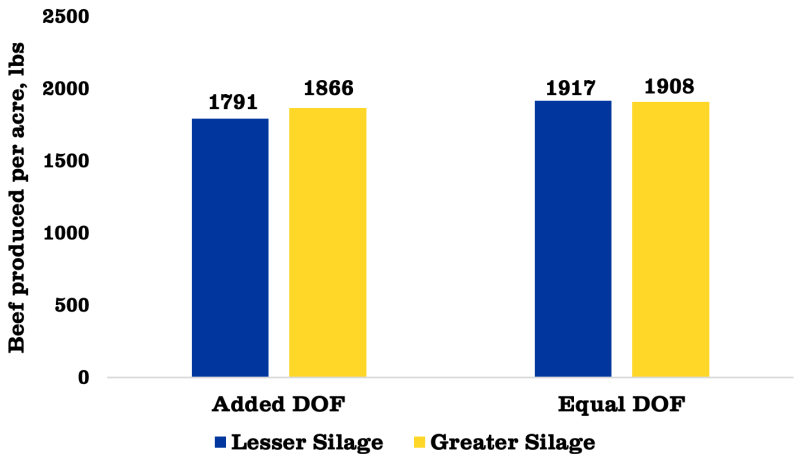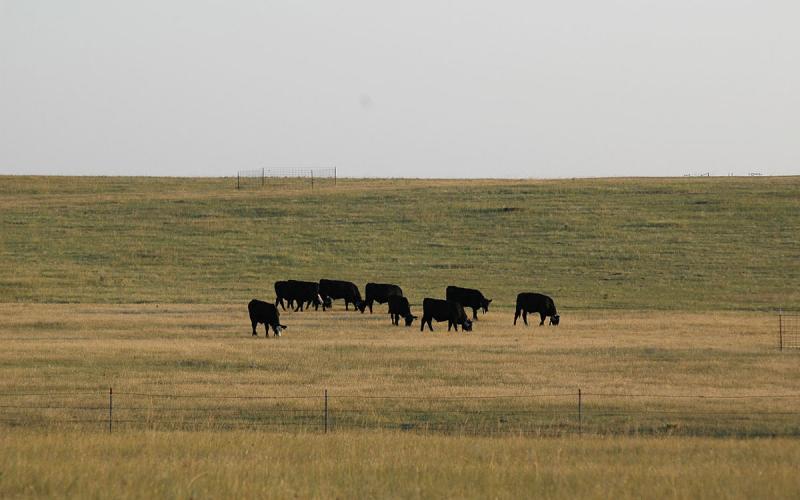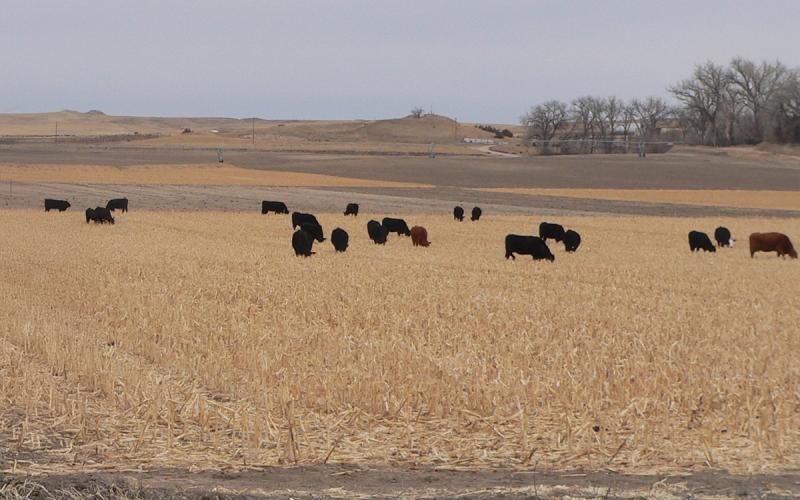
Conventional wisdom holds that you should only feed as much roughage as is necessary to maintain rumen health. Many finishing diets are formulated to have 8% roughage, perhaps as high as 10%. From a mathematical standpoint this makes sense, as most roughage sources contain less energy, so a low-roughage diet will have a greater net energy (mega-cal) concentration.
However, it does not always hold that the highest NEg diet is the most profitable. Increased energy content increases the risk of digestive upset; feeding additional roughage reduces that risk and may help cattle maintain feed intake. Many South Dakota and Midwestern cattle feeders also farm, giving them the opportunity to make use of silage or other home-raised feedstuffs as a profit center. Also, some years in South Dakota we need to utilize greater amounts of corn silage because of weather-related crop production challenges.
Investigating Performance and System Efficiency
We wanted to know what effect feeding increased amounts of corn silage (either 24 or 30% of the diet dry matter) would have on cattle performance and system-wide efficiency. To get at this question, we conducted two different experiments; one comparing 12 to 24% silage incorporation with the steers fed 24% silage fed for an additional 14 days, and a second experiment comparing 15 to 30% incorporation with the same days on feed. Both experiments used yearling steers fed to slaughter weight.
Cattle performed as we expected – feeding more corn silage reduced the energy concentration of the diet resulting in reduced gains and poorer feed conversion. Feeding cattle an additional 14 days actually increased carcass weight sold, and consequently gross revenue. Based on that observation, we concluded that for increased silage incorporation to be viable requires extending the feeding period to maintain output.What was interesting were the results when we calculated pounds of beef per acre, shown in Figure 1.

To estimate these values, we used the actual silage yield and estimated corn yield to calculate cattle gain per acre of corn. Using that measure, it made little difference whether we fed the lesser or increased amount of corn silage in term of the quantity (and dollars) of beef generated per acre.
Optimal corn silage incorporation depends on the business model of an individual operation. Farmer feeders whose business is producing as much beef as possible from a known land base have multiple options as to harvest method to produce feedstuffs. Greater corn silage utilization may be the better option in those instances, particularly if the farm can utilize manure to reduce crop production expenses. Alternatively, cattle feeders who purchase most of their feed and have limited land base on which to apply manure, would be more likely to conclude that minimal roughage diets that maximize cattle efficiency are optimal.

